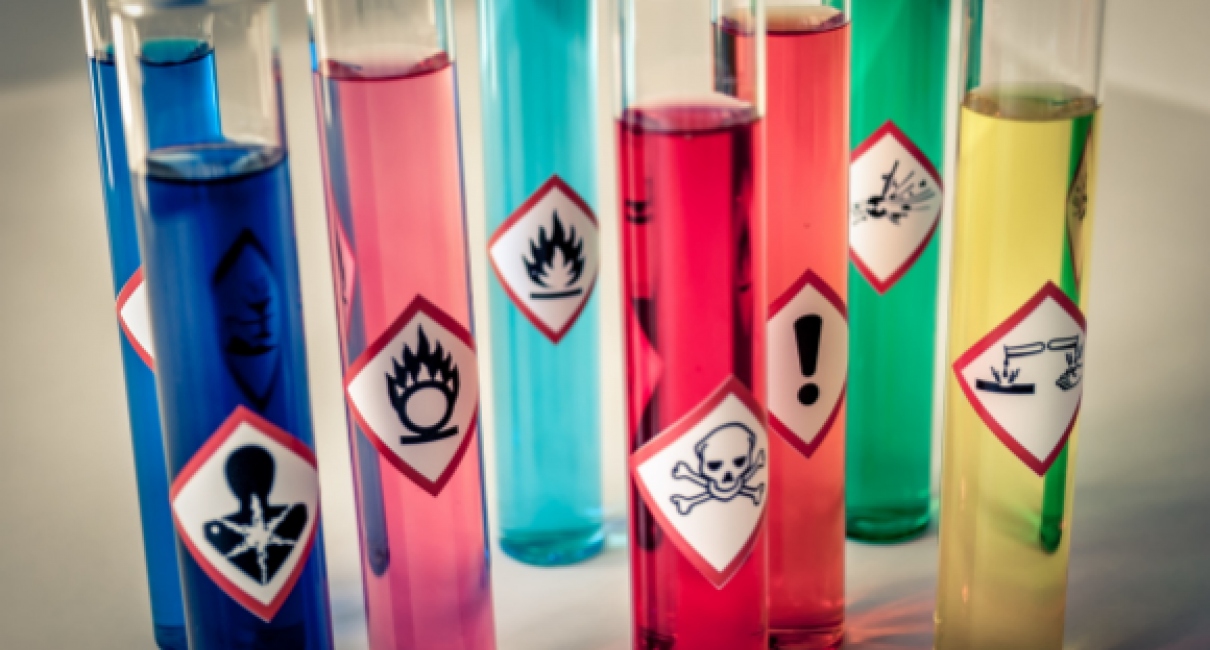Conducting a chemical hazard assessment is crucial for ensuring safety in environments where chemicals are used or stored. This process helps identify potential risks and implement strategies to mitigate them. Here are essential tips for conducting a chemical hazard assessment effectively.
Understand the Purpose of the Assessment
The first step in conducting a chemical hazard assessment is to understand its purpose. This assessment aims to identify and evaluate the risks associated with chemicals in your workplace. By understanding these risks, you can take appropriate measures to protect workers, the environment, and property.

Conducting a chemical hazard assessment
Identify All Chemicals in Use
Start by identifying all chemicals used in your workplace. This includes everything from cleaning agents to industrial solvents. Keep an updated inventory of these chemicals, noting their quantities and locations. This step is crucial for assessing the potential hazards each chemical may pose.
Review Safety Data Sheets (SDS)
For each chemical identified, review the Safety Data Sheets (SDS). These sheets provide detailed information about the chemicals, including their hazards, handling procedures, and first-aid measures. Understanding the SDS helps in evaluating the risks and implementing the necessary safety measures.
Assess Chemical Properties
Evaluate the properties of the chemicals, such as flammability, reactivity, and toxicity. Understanding these properties helps in determining the appropriate storage conditions and handling procedures.
Evaluate Exposure Risks
Consider how employees might be exposed to the chemicals. Assess potential exposure routes, such as inhalation, skin contact, or ingestion. This evaluation helps in determining the necessary protective measures, such as personal protective equipment (PPE) and ventilation systems.
Determine Control Measures
Based on the assessment, determine the control measures needed to mitigate the risks. This could include engineering controls, like installing fume hoods, or administrative controls, such as implementing safe work practices. Ensure that these controls are practical and effectively reduce the identified risks.
Implement Safety Procedures
Develop and implement safety procedures based on the findings of your chemical hazard assessment. This includes creating guidelines for handling, storing, and disposing of chemicals safely. Ensure that all employees are trained on these procedures to maintain a safe working environment.
Provide Proper Training
Training is a key component of conducting a chemical hazard assessment. Provide training for employees on the proper handling of chemicals, the use of PPE, and emergency response procedures. Regular training ensures that employees are aware of the hazards and know how to protect themselves.
Conduct Regular Reviews
A chemical hazard assessment is not a one-time task. Conduct regular reviews to ensure that your safety measures remain effective and that new chemicals or processes are assessed. Regular reviews help in keeping up with changes in regulations and industry standards.
Document Everything
Document all aspects of the chemical hazard assessment, including the chemicals identified, risk evaluations, control measures, and training records. Proper documentation is essential for compliance with regulations and for providing evidence of your safety efforts.
Engage with Employees
Involve employees in the assessment process. They often have valuable insights into the practical aspects of chemical handling and potential risks. Engaging with employees helps in identifying overlooked hazards and ensuring that the safety measures are practical and effective.
Use Appropriate Personal Protective Equipment
Ensure that appropriate personal protective equipment (PPE) is available and used correctly. PPE should be selected based on the types of chemicals and the level of exposure risk. Regularly inspect and maintain PPE to ensure its effectiveness.
Maintain Proper Storage Conditions
This includes using proper containers, labelling them clearly, and storing them in designated areas. Proper storage helps in minimizing risks associated with chemical spills and leaks.
Develop an Emergency Response Plan
An emergency response plan is essential for handling chemical spills or accidents. Develop a plan that includes procedures for evacuation, containment, and cleanup.
Follow Regulatory Requirements
Compliance with regulatory requirements is crucial when conducting a chemical hazard assessment. Familiarize yourself with local, state, and federal regulations regarding chemical safety. Adhering to these regulations helps in maintaining safety standards and avoiding legal issues.
Review and Update Procedures
Finally, regularly review and update your chemical hazard assessment procedures. Regular updates ensure that your safety measures remain effective and relevant.
Conclusion
In conclusion, conducting a chemical hazard assessment is vital for maintaining a safe working environment. By following these tips, you can identify potential risks, implement effective control measures, and ensure the safety of employees and the workplace.




